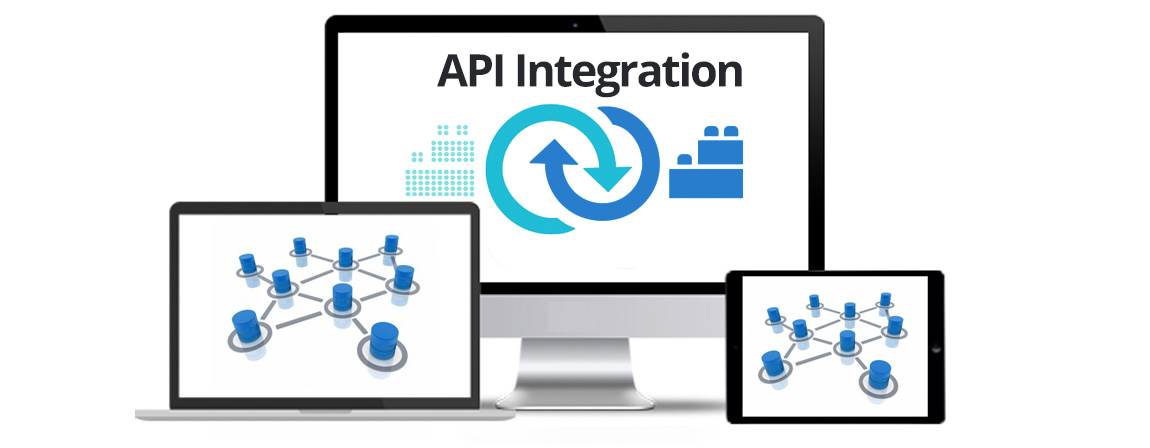APIs (Application Programming Interfaces) have become an indispensable tools for software development and digital communication between systems. They provide a standardized way for data to be shared, enabling different applications and devices to communicate with each other and exchange data seamlessly. There are two main data types used in APIs: JSON vs XML; JSON (JavaScript Object Notation) and XML (Extensible Markup Language). Both formats have their strengths and weaknesses, and choosing between them can be a difficult decision. In this article, we’ll compare the two formats and help you determine which the best choice is for your API in 2023.
JSON and XML are two of the most commonly used data formats for transmitting data between applications over the internet. They are both widely used to transfer data between client and server applications and have been used in a variety of industries and applications. However, despite their similarities, there are some key differences between JSON and XML that make one preferable to the other, depending on the specific use case.
What is JSON?
JSON was introduced in the early 2000s as an alternative to XML and quickly gained popularity due to its simplicity and ease of use. It uses a syntax that is similar to programming languages, making it easy for developers to work with. Its data is represented as key-value pairs, which can be nested to form complex structures.
What is XML?
XML, on the other hand, has been around since the late 1990s and is a markup language used to encode documents in a format that is both human-readable and machine-readable. XML is more flexible than JSON, as it allows for custom tags and provides a structure for organizing data in a hierarchical fashion. This makes it a good choice for large data sets that need to be well-organized. XML is also more verbose than JSON, meaning it requires more text to represent the same information.
JSON vs XML: Comparison
When it comes to deciding between JSON and XML for transmitting data over APIs, there are a number of factors to consider, including ease of use, speed, and efficiency. In 2023, JSON is generally considered to be the more preferable format for API data, for several reasons.
First, JSON is faster and more efficient to transmit than XML, due to its lighter weight and less verbose format. This means that it is more suitable for real-time data transfers, where speed is critical. In addition, JSON is easier to parse than XML, as it uses a straightforward syntax that is similar to JavaScript objects, making it a better choice for applications that use JavaScript extensively.
Another advantage of JSON is its ease of use. Unlike XML, which requires the use of tags to define the structure of the data, JSON uses a simple syntax that is easy for developers to read and write. This makes it easier for developers to work with, especially for those who are not familiar with XML or other markup languages. Additionally, JSON is supported by a wide range of programming languages, including JavaScript, Python, Ruby, and PHP, making it a versatile choice for API data transfer.
In terms of data structure, JSON is more straightforward and less flexible than XML. JSON only supports a limited set of data types, such as strings, numbers, and arrays, whereas XML can be used to represent more complex data structures, such as nested elements and attributes. However, this increased flexibility also makes XML more difficult to parse, which can make it less suitable for real-time data transfers.
When comparing JSON and XML, there are several factors to consider, including ease of use, performance, and flexibility.
Ease of Use
JSON is generally considered to be easier to use than XML, as it has a more intuitive syntax and is easier to read and write. JSON is also a more lightweight format, meaning it requires less text to represent the same information as XML. This can result in faster processing times and lower bandwidth usage.
On the other hand, XML is more flexible and can be used to encode a wider range of data types. However, this added flexibility comes at the cost of added complexity and a steeper learning curve for developers.
Performance
In terms of performance, JSON is generally faster than XML. This is because JSON is a more compact format, which means it takes up less space and requires less time to process. Additionally, JSON can be parsed more quickly than XML, as it uses a simpler syntax.
However, XML has the advantage of being able to handle large amounts of data more effectively than JSON. This is because XML allows for hierarchical data structures, which can be used to organize large amounts of data in a logical manner.
Flexibility
In terms of flexibility, XML has the edge over JSON. XML allows for custom tags and provides a structure for organizing data in a hierarchical fashion. This makes it a good choice for large data sets that need to be well-organized.
JSON, on the other hand, is a more rigid format that is limited to key-value pairs. While this makes JSON easier to use and faster to process, it also means that it is less flexible and may not be the best choice for complex data structures.
Finally, JSON is increasingly becoming the preferred format for API data transfer due to its widespread use in web development. Many popular web frameworks, such as Ruby on Rails and Express.js, support JSON out of the box, making it easier for developers to work with and integrate into their applications.
Conclusion
In conclusion, when it comes to choosing between JSON vs XML for API data transfer, JSON is generally the more preferable choice in 2023. When deciding between JSON and XML for your API in 2023, there are several factors to consider, including ease of use, performance, and flexibility. While JSON is a more lightweight and intuitive format that is faster to process, XML is more flexible and better suited for large data sets.




